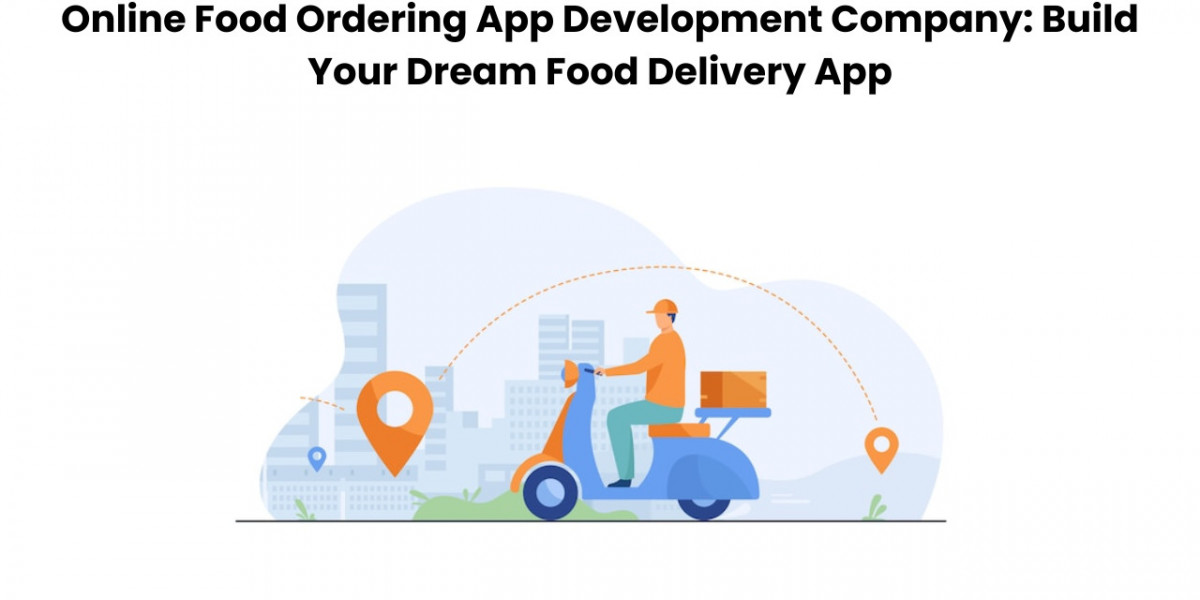In today’s competitive marketplace, developing a well-defined business development strategy is essential for sustainable growth and long-term success. Business development strategies involve identifying new opportunities, building relationships, and creating a roadmap for achieving company goals. This guide will cover the key components of an effective strategy to help businesses expand their reach, increase revenue, and strengthen their market position.
What Are Business Development Strategies?
Business development strategies refer to the processes and plans that a company implements to grow its business. These strategies encompass market research, relationship building, lead generation, sales, marketing, and customer retention. Effective business development is a continuous cycle of identifying opportunities and creating solutions that align with the company’s goals.
Importance of Business Development Strategies
An effective business development strategy helps businesses:
Identify Opportunities: Spot new markets, industries, or customer segments to target.
Build Relationships: Establish and nurture partnerships that drive mutual growth.
Increase Revenue: Develop plans to boost sales and profitability.
Enhance Market Position: Strengthen your brand and competitive edge.
Foster Innovation: Adapt to market changes with innovative products and services.
Now, let’s break down the core components that make a business development strategy effective.
1. Clear Business Objectives
Before developing any strategy, it is essential to define your business objectives. Ask yourself:
What are your short-term and long-term growth goals?
How much revenue do you want to generate within a specific period?
Are you looking to enter new markets or expand existing ones?
Having clear objectives provides direction and ensures that your team is aligned in achieving common goals.
2. Comprehensive Market Research
Market research is a foundational step in any business development strategy. It involves understanding industry trends, customer needs, competitor activities, and market dynamics.
Industry Analysis: Stay informed about industry developments and emerging technologies.
Competitor Analysis: Analyze competitors’ strengths, weaknesses, pricing strategies, and unique selling propositions.
Customer Insights: Understand your target audience’s demographics, preferences, and pain points.
Accurate market research helps identify new opportunities and refine your product or service offerings.
3. Target Audience Definition
Defining your target audience is crucial to tailoring your business development efforts. Segment your audience based on factors such as:
Demographics: Age, gender, location, and income level.
Behavioral Patterns: Purchasing habits and product preferences.
Psychographics: Interests, values, and motivations.
Once you have a detailed profile of your ideal customers, you can create personalized marketing messages and sales pitches that resonate with them.
4. Value Proposition Development
Your value proposition is the unique benefit that your business offers to customers. It should clearly communicate:
How your product or service solves a problem or fulfills a need.
What sets your business apart from competitors.
The key benefits that customers will gain by choosing your brand.
A compelling value proposition is essential for attracting and retaining customers, as well as for building lasting partnerships.
5. Strategic Partnerships
Forming partnerships with other businesses can be a powerful driver of growth. Partnerships allow companies to:
Expand Reach: Gain access to new customer bases.
Leverage Expertise: Utilize each partner’s strengths and resources.
Increase Credibility: Enhance brand reputation through trusted associations.
When developing partnerships, choose companies that align with your business values and share similar growth goals.
6. Lead Generation and Conversion
Generating and converting leads is at the heart of business development strategies. To do this effectively:
Inbound Marketing: Create valuable content (blogs, videos, webinars) to attract potential customers.
Outbound Marketing: Use targeted ads, email campaigns, and direct outreach to reach potential clients.
Sales Funnel Optimization: Design a sales funnel that nurtures leads through every stage of the buying process.
Regularly analyze your lead generation and conversion metrics to identify areas for improvement.
7. Customer Relationship Management (CRM)
Building and maintaining strong relationships with customers is vital for long-term business development. Implement a Customer Relationship Management (CRM) system to:
Track customer interactions and preferences.
Manage leads and sales opportunities.
Automate follow-ups and communication.
Personalize customer experiences.
A robust CRM system enables businesses to foster customer loyalty and increase repeat sales.
8. Sales Strategy Alignment
Your business development strategy should align with your sales efforts to ensure a seamless customer journey. Consider:
Sales Training: Equip your sales team with the skills and tools they need to close deals.
Pricing Strategy: Develop competitive pricing that reflects the value of your offerings.
Sales Process: Standardize the sales process to improve efficiency and consistency.
Close collaboration between business development and sales teams leads to higher conversion rates and revenue growth.
9. Brand Building
Strong branding plays a critical role in business development. Ensure that your brand communicates your mission, values, and value proposition across all touchpoints. Focus on:
Brand Messaging: Consistent and authentic messaging that resonates with your target audience.
Visual Identity: A cohesive logo, color scheme, and design elements.
Social Proof: Customer reviews, case studies, and testimonials that build trust.
A strong brand helps establish credibility and differentiates your business from competitors.
10. Performance Measurement and Optimization
Finally, track the performance of your business development strategies to ensure continuous improvement. Key performance indicators (KPIs) to monitor include:
Revenue Growth: Track overall sales and revenue trends.
Lead Conversion Rate: Measure the percentage of leads that convert into paying customers.
Customer Acquisition Cost (CAC): Calculate how much it costs to acquire each new customer.
Customer Lifetime Value (CLV): Estimate the total revenue generated by a customer over their relationship with your business.
Use insights from your KPIs to refine your strategies, eliminate inefficiencies, and capitalize on new opportunities.
Conclusion
Effective business development strategies are essential for driving growth, expanding market reach, and achieving long-term success. By focusing on clear objectives, market research, customer relationships, lead generation, and performance measurement, businesses can create a roadmap for sustained growth. Invest in developing a comprehensive business development strategy, and you’ll be well-positioned to thrive in today’s dynamic marketplace.










